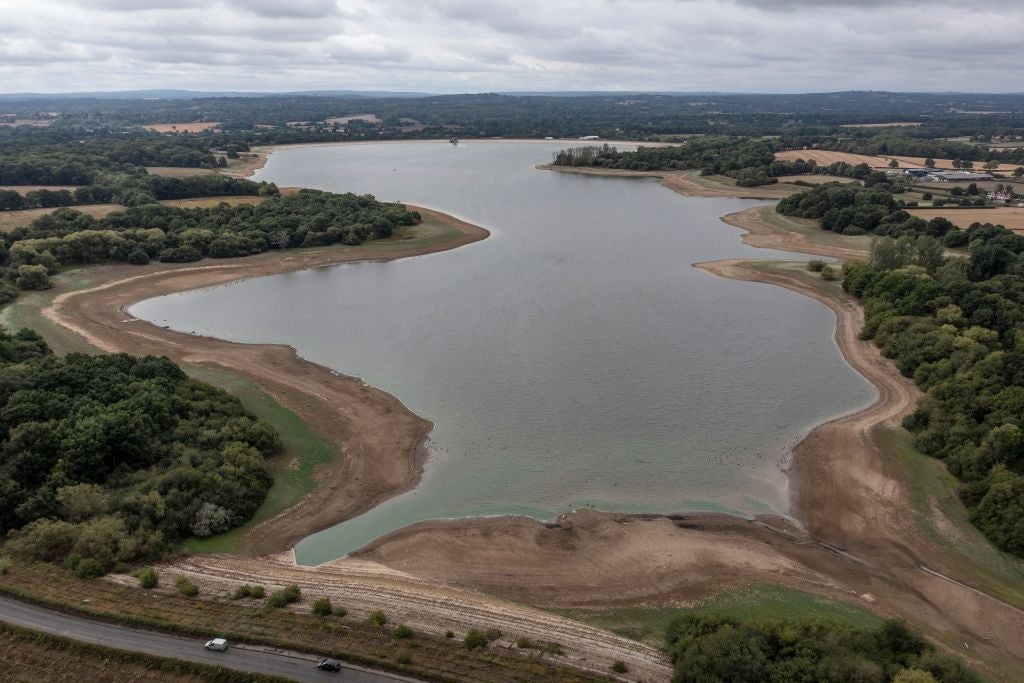
The scorching summer of 2022 in the UK will be remembered for setting a dire record-breaking event: the hottest temperature in the country’s history. The mercury reached 40.3°C in Coningsby, Lincolnshire, while multiple stations across England also exceeded 40°C, according to the Met Office.
The dry conditions in the months that ensued moved water companies to bring in hosepipe bans and declare drought conditions, with some still ongoing.

Access deeper industry intelligence
Experience unmatched clarity with a single platform that combines unique data, AI, and human expertise.
As of November 2022, parts of Kent, Sussex, Cornwall, North Devon and those supplied by Yorkshire Water still have hosepipe bans in place. Meanwhile, Thames Water announced the end to its hosepipe ban, joining Welsh Water which ended its ban in October) and the ban across the Isle of Wight and Hampshire, which ended on 4 November.
However, announcing the end of the hosepipe ban, Thames Water CEO Sarah Bentley warned that this does not mean the situation is all rosy just yet for water supplies in the UK. “Careful consideration has gone into our decision to remove the ban,” she said. “Despite the recent rain, we still need to protect our future water supply. We need more rain throughout winter to ensure our rivers and reservoirs are fully recharged, ready for spring and summer next year.”
In fact, she stated that “whilst storage levels have improved at many of our reservoirs, weare not out of the woods yet. Some sites in west London remain below average, which is why we are adopting a cautious approach and carefully monitoring water levels throughout autumn and winter”.
What is the outlook for the next year?
During a meeting on 14 October, the UK’s National Drought Group forecasted that drought conditions might remain beyond spring 2023. Areas of England in the South West, South East, East, Yorkshire and East Midlands are the most in danger according to the group.

US Tariffs are shifting - will you react or anticipate?
Don’t let policy changes catch you off guard. Stay proactive with real-time data and expert analysis.
By GlobalDataSpeaking at the meeting, the UK’s Water Minister Trudy Harrison said: “The record-breaking temperatures, unusually low rainfall and widespread drought the country has experienced this year are a reminder that we need to adapt to ensure our water supplies are resilient and secure in future.”
During the meeting, it was explained that due to soils remaining drier than usual, reservoir levels are harder to replenish.
Data from 23 November on the UK Water Resources Portal shows that although the recent heavy rain has brought up water levels, many areas remain somewhere between the ‘normal’ to ‘exceptionally low’ levels.
The UK Environment Agency stated at the end of October that “if the winter is dry with 80% or less of long-term average rainfall, projections show that depleted reservoirs and groundwater are unlikely to fully recharge, and large parts of the country will be at risk of drought continuing into next summer”.
The agency added that in more severe low-rainfall scenarios, “the projections suggest drought conditions would be widespread, covering most of the country”.
With areas of the UK still having hosepipe bans in place and the outlook for water reservoirs and groundwater levels in the summer still uncertain, it is clear that although the recent heavy rain across the UK is a good sign, large parts of the country will remain in drought for many months to come.
As winter approaches and the effects of the climate crisis become more and more real in the UK, above-average rainfall will be needed to avoid an even more precarious water situation across the country in the summer of 2023.






